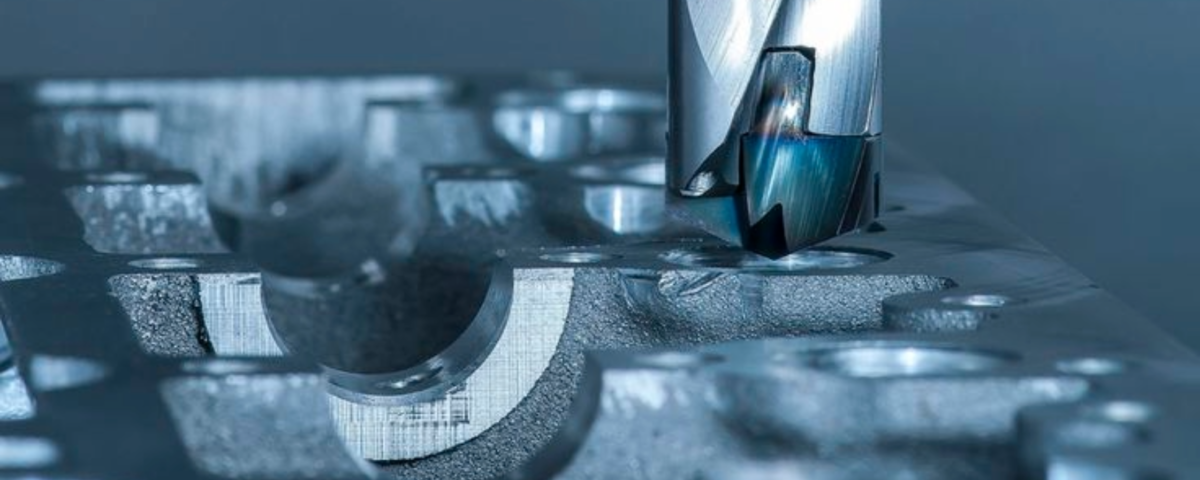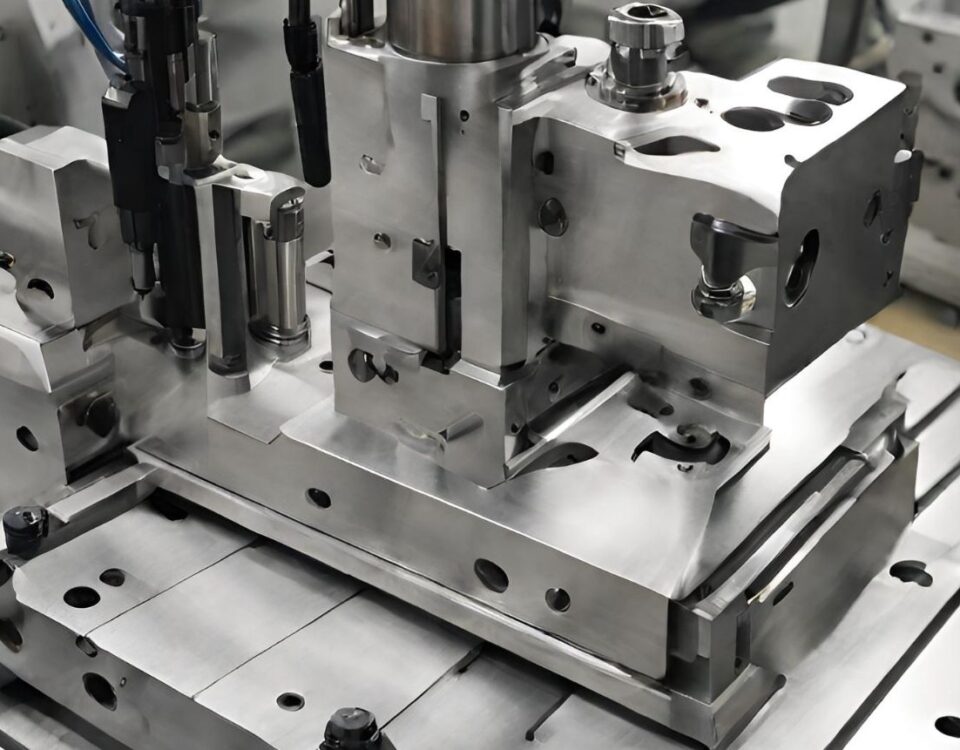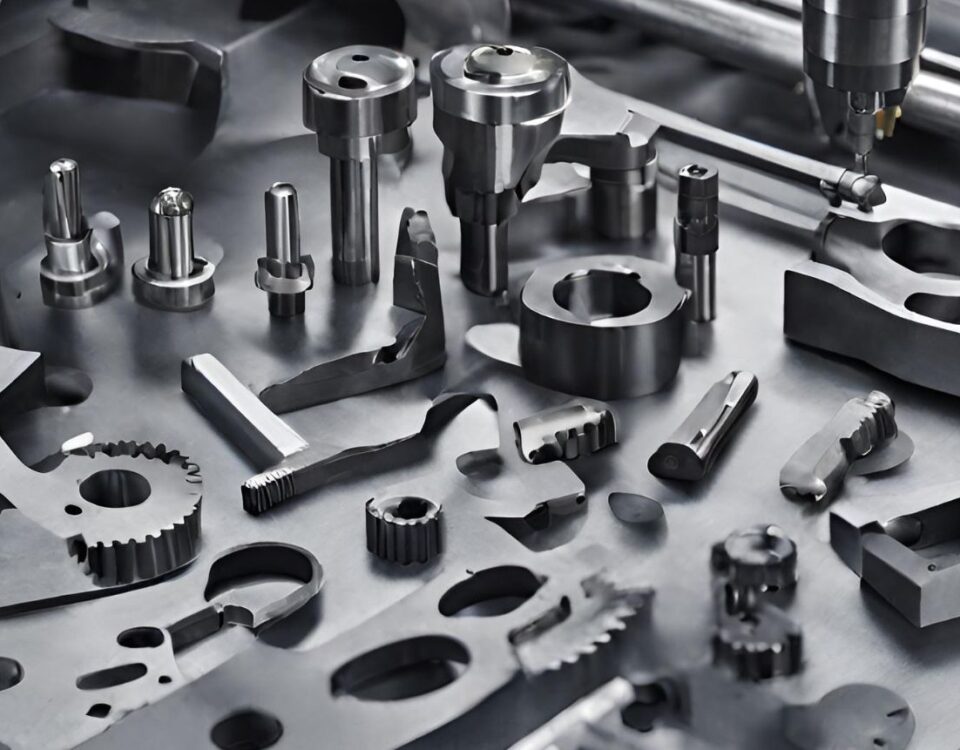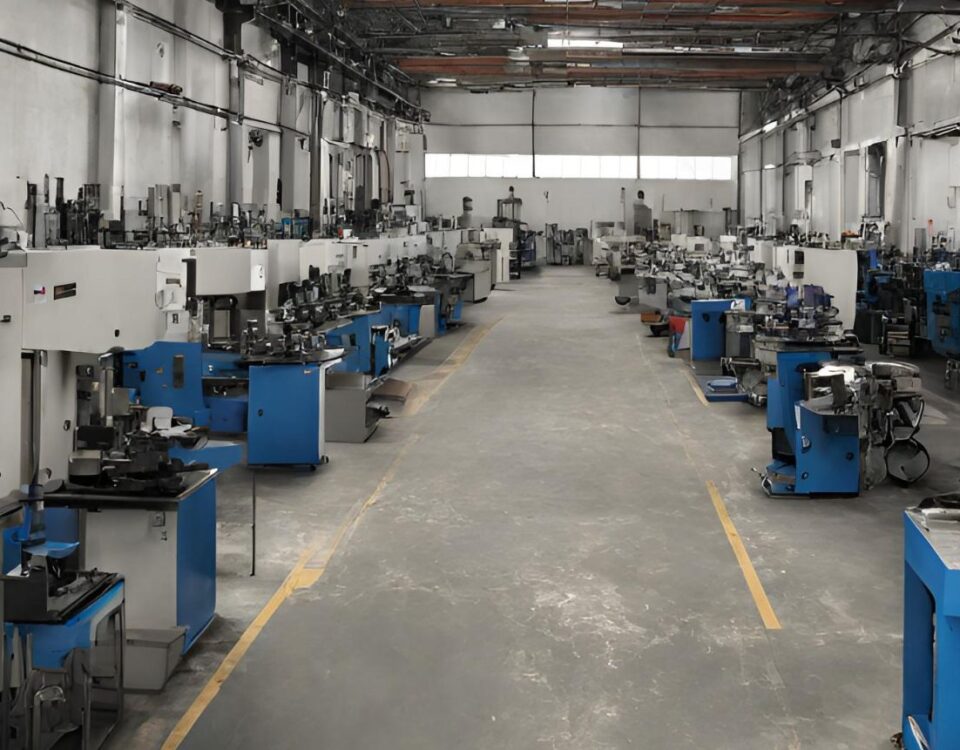
The Evolution of 3D Printing Services
18 January 2024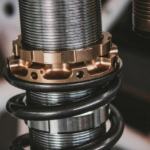
Choosing the Perfect Workholding Solution for CNC Machining Operations
22 January 2024In the dynamic landscape of modern manufacturing, the choice between CNC precision plastic machining and 3D printing represents a pivotal decision that can profoundly impact the outcome of a project. While both methods offer unique advantages, this discussion aims to shed light on why opting for CNC precision plastic machining of units stands out as a superior choice over 3D printing in specific scenarios. From material diversity and strength considerations to tight tolerances and production scalability, the following exploration delves into the compelling reasons that make CNC machining the preferred solution for achieving precision and reliability in plastic component fabrication.
CNC Precision Plastic Machining of Units
CNC precision plastic machining of units refers to the manufacturing process where Computer Numerical Control (CNC) machines are utilized to precisely shape and produce plastic components with high accuracy. This method involves the removal of material from plastic stock to create custom parts, and it is particularly well-suited for applications that demand tight tolerances, diverse material options, and a high level of precision.
Key aspects of CNC precision plastic machining of units include:
- Computer Numerical Control (CNC)
- Material Versatility
- Precision and Tight Tolerances
- Scalability and Production Runs
- Surface Finish
- Customization and Complexity
- Post-Processing Options
- Material Waste Reduction
3D Printing
3D printing, also known as additive manufacturing, is a transformative manufacturing process that builds three-dimensional objects layer by layer from digital models or CAD (Computer-Aided Design) files. This innovative technology has gained widespread popularity for its ability to create complex and customized objects with various materials. Here are key aspects of 3D printing:
- Layer-by-Layer Construction
- Material Variety
- Customization and Complexity
- Rapid Prototyping
- Reduced Material Waste
- Design Freedom
- Tool-less Manufacturing
- Multi-Material Printing Application Diversity:
Why Choose CNC Precision Plastic Machining of Units Over 3D Printing?
Choosing CNC precision plastic machining over 3D printing depends on the specific requirements of your project, including factors such as material properties, precision, production volume, and cost considerations. Here are some reasons why one might choose CNC precision plastic machining over 3D printing for certain applications:
1. Material Options: CNC machining allows for the use of a broader range of plastic materials, including high-performance engineering plastics. This is important when specific material properties, such as strength, temperature resistance, or chemical resistance, are critical for the application.
2. Material Strength and Durability: CNC machined parts can often achieve higher levels of strength and durability compared to 3D printed parts. This is particularly important in applications where mechanical performance is a key consideration.
3. Tight Tolerances: CNC machining is known for its high precision and the ability to achieve tight tolerances. If your project requires parts with precise dimensions and tight tolerances, CNC machining may be the more suitable option.
4. Surface Finish: CNC machining generally produces smoother and higher-quality surface finishes compared to 3D printing. If aesthetics or the tactile feel of the part is crucial, CNC machining may be preferred.
5. Production Volume: CNC machining is well-suited for both prototyping and production runs, making it a versatile choice for projects with varying production volumes. While 3D printing is excellent for rapid prototyping, it may face limitations in terms of scalability for large production quantities.
6. Material Waste: CNC machining is a subtractive manufacturing process, meaning the material is removed to create the final part. This can result in less material waste compared to 3D printing, where excess material may be used as support structures and then discarded.
7. Post-Processing Options: CNC machined parts can undergo various post-processing techniques, such as polishing, coating, or painting, to achieve specific surface finishes or additional functionalities. While 3D printing has post-processing options, CNC machining offers a broader range of possibilities.
8. Consistency and Reproducibility: CNC machining is capable of producing highly consistent and reproducible parts. This is important when uniformity and reliability are critical aspects of the project.
9. Cost Considerations: Depending on the project requirements, CNC machining may be more cost-effective for certain applications, especially in larger production runs. The cost-effectiveness of CNC machining can be influenced by factors such as material costs, machine setup time, and the complexity of the part.
It's essential to carefully evaluate your project's specific needs and priorities when deciding between CNC precision plastic machining and 3D printing. In some cases, a combination of both processes might be employed at different stages of product development to leverage the strengths of each method.
Conclusion
The choice between CNC precision plastic machining of units and 3D printing hinges on a careful consideration of project requirements, materials, precision, and production volume. While both methods have their unique strengths, opting for CNC precision plastic machining stands out as the preferred choice in specific scenarios.
The versatility and precision offered by CNC machining make it an ideal solution for applications demanding tight tolerances, diverse material options, and high-performance characteristics. The ability to work with a wide range of engineering-grade plastics, achieve exceptional precision, and produce smooth surface finishes positions CNC machining as a reliable and scalable manufacturing process.
While 3D printing excels in rapid prototyping, customization, and complex geometries, CNC machining proves advantageous when material strength, tight tolerances, and production scalability are paramount. CNC machining provides a cost-effective and efficient solution for both prototyping and larger production runs, making it a versatile choice for industries with diverse manufacturing needs.
Ultimately, the decision between CNC precision plastic machining and 3D printing depends on the specific goals of the project, considering factors such as material properties, production volume, time constraints, and budget considerations. The strengths of CNC machining, including its precision, material versatility, and scalability, position it as a reliable and preferred method for achieving high-quality plastic components tailored to the exact specifications of the intended application.

